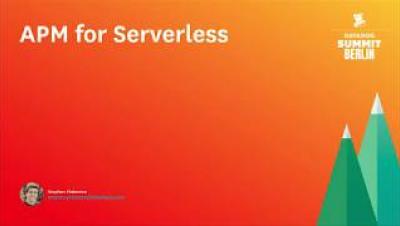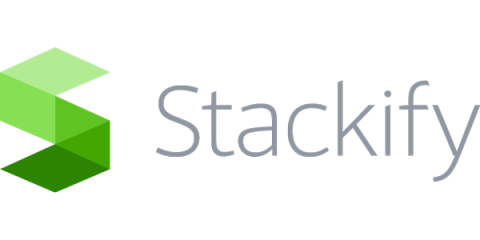What's in a serverless developer's environment?
I often get asked what software tools are ideal for a serverless developer. I like being asked for my tooling preferences as much as the next developer gal, but when you break it down, this particular question is flawed. Serverless is, after all, about using a massive suite of platform tools to let you do minimal management.









